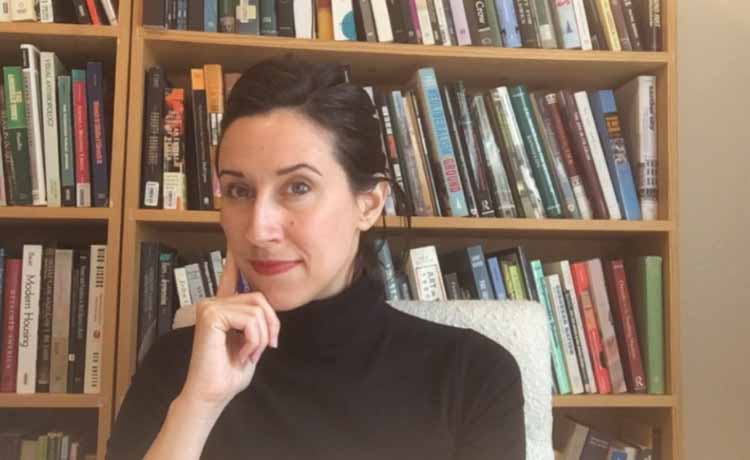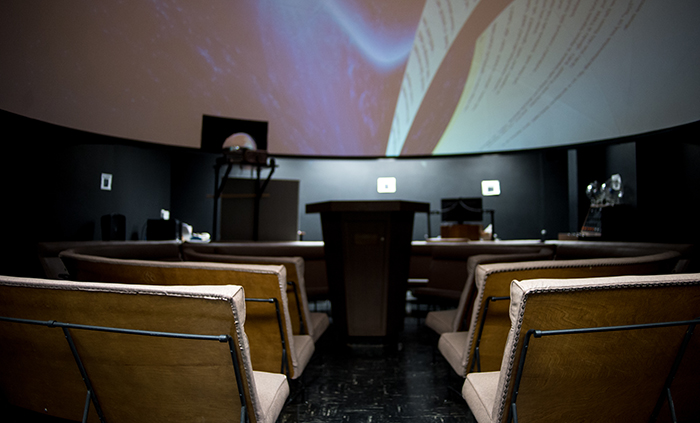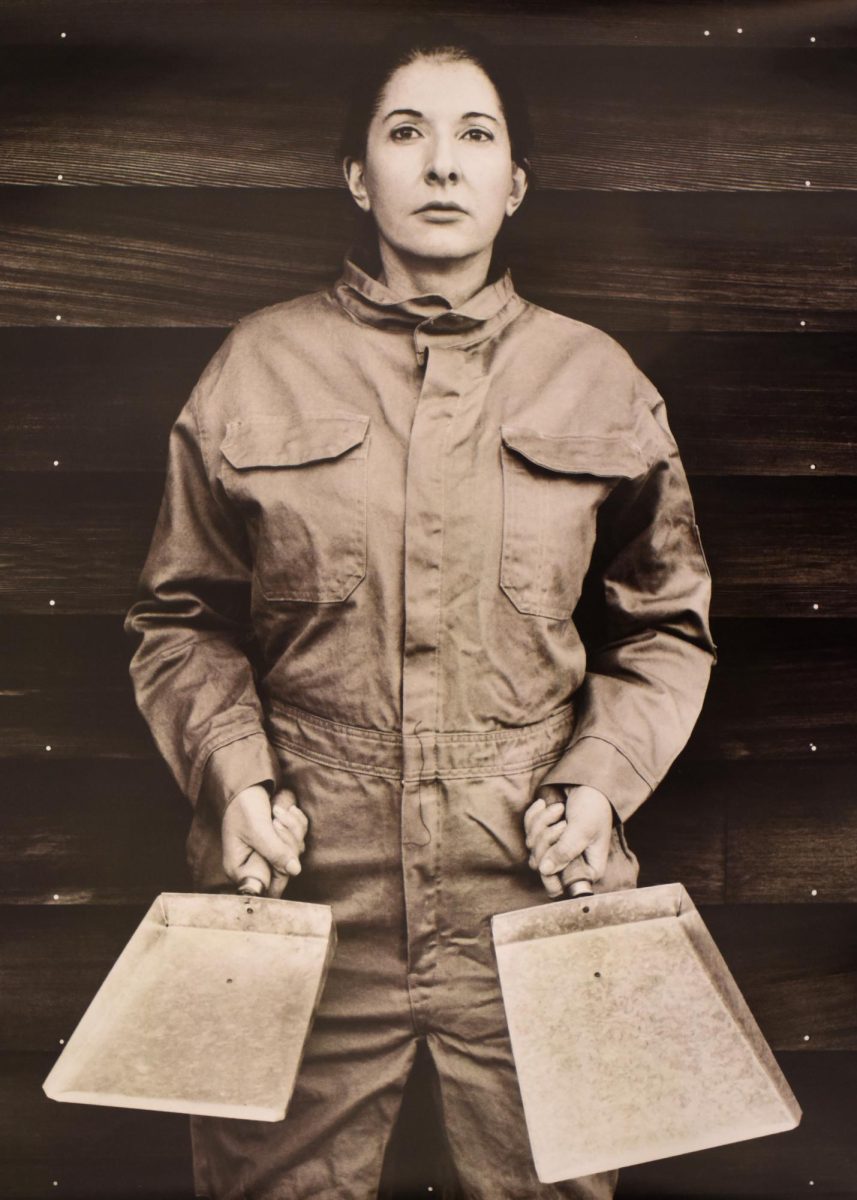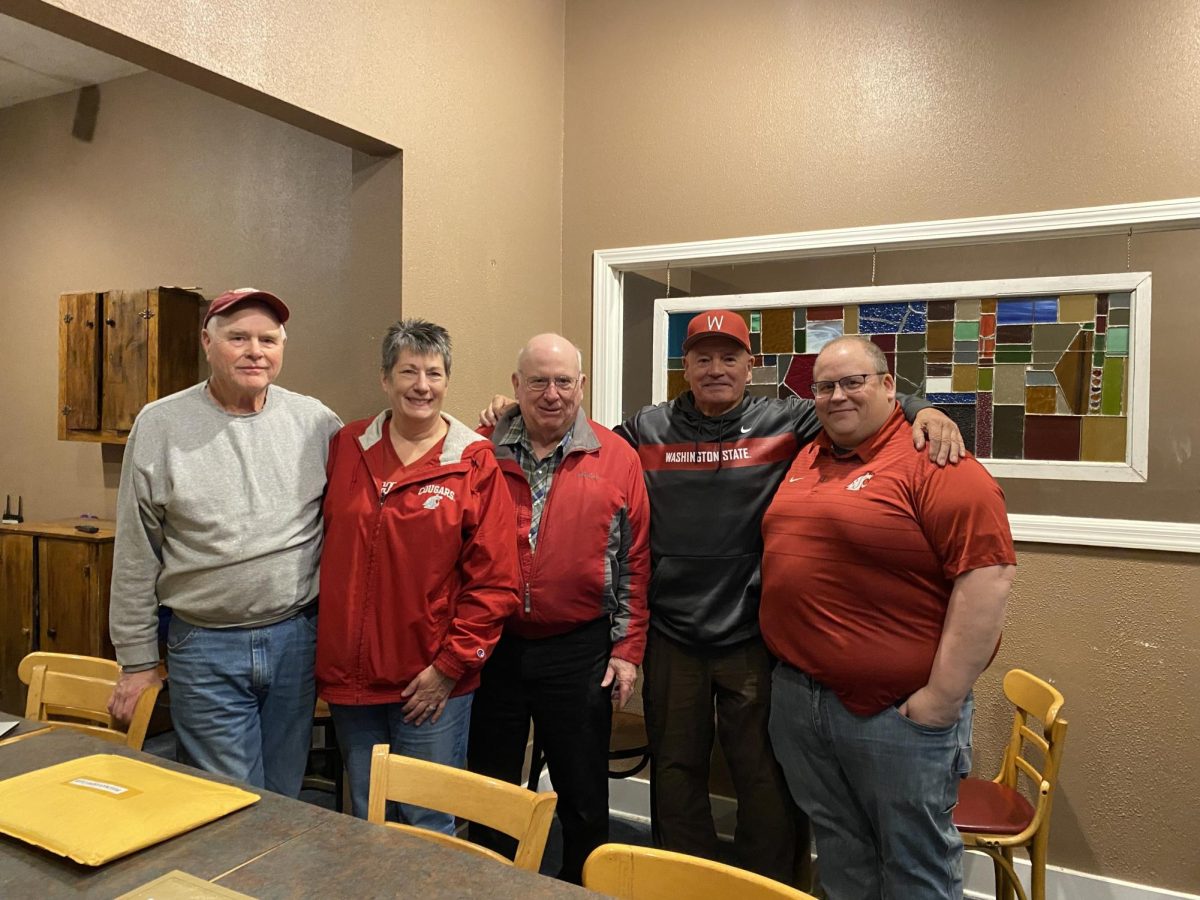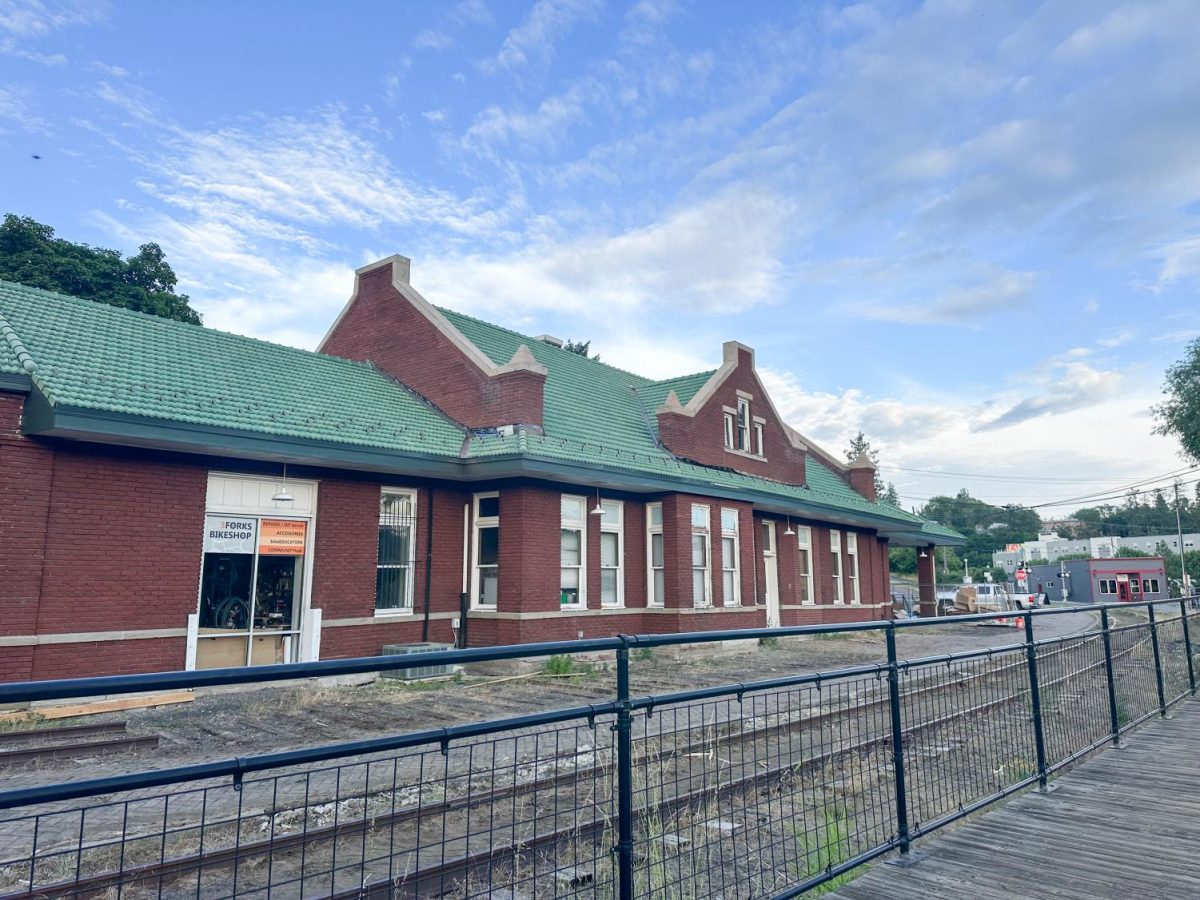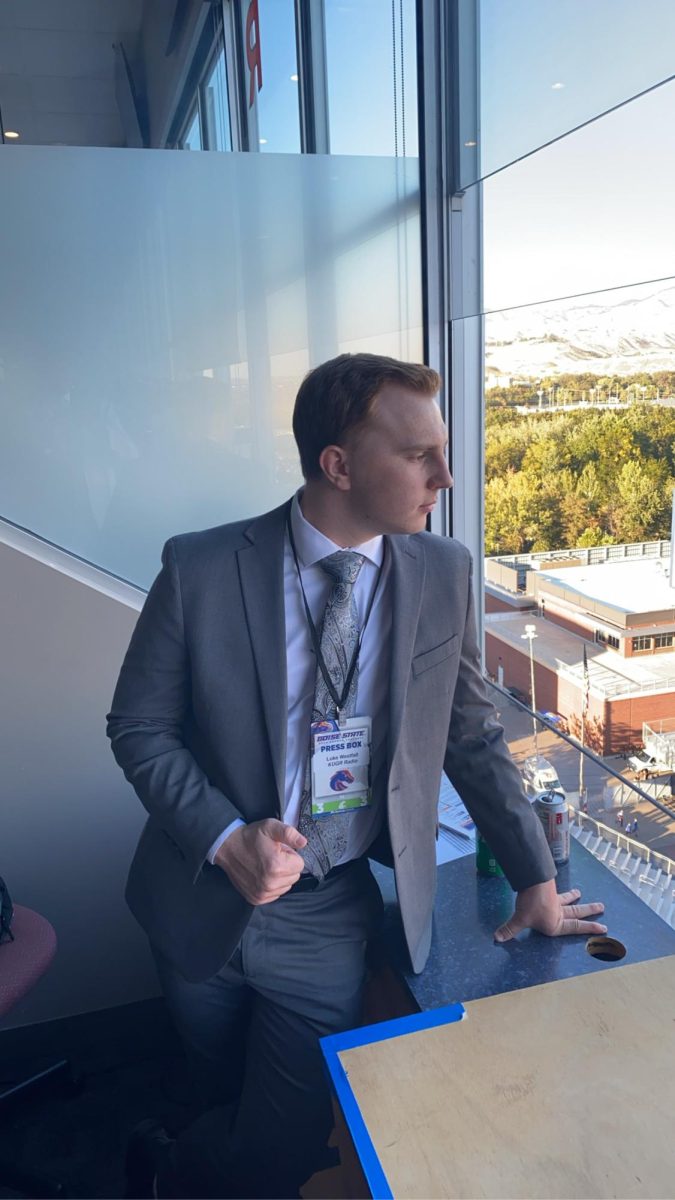Kristina Borrman, WSU School of Design and Construction assistant professor, received the Huntington Fellowship, a year-long fellowship from the Huntington Library, to do in-depth research on Black-owned banks in Los Angeles.
Borrman received her Ph.D. and master’s degree in art history from University of California, Los Angeles, and her art history degree from University of California, Berkeley. She later taught architecture history and theory at Syracuse University before coming to WSU and joining the School of Design and Construction as an assistant professor.
Before Borrman came to WSU, there was only one architecture historian, Phil Gruen. He said Borrman teaches architecture history from a unique angle by exploring the social justice aspect of architecture.
“This is her work, and I am learning from her about it,” Gruen said.
Part of Borrman’s unique perspective covers why early “red-lining” laws dictated which neighborhoods banks gave mortgages and loans to and which neighborhoods they deemed “unsafe” to do so. If a neighborhood was unsafe, it was in the red, hence the name red-lining, Borrman said. The neighborhoods deemed unsafe disproportionately held people of color and those of low socioeconomic status; therefore, the laws furthered segregation and the social divide in the 1900s.
The reason Borrman is so interested in architecture history is from her own childhood and upbringing, where she said she grew up with a poor family in a wealthy community.
“Housing was just a major struggle for my family, all throughout childhood,” Borrman said.
After moving from different houses and then to apartments in high school, Borrman said it made her more interested in how reasonably priced housing opportunities were created and how cities were developed.
“I know what it is like having difficulty securing an affordable home to live in,” Borrman said.
Because of her past, the Huntington Fellowship was appealing to Borrman because she said it gave her the opportunity to research her book manuscript “Banking by Design: Paul Revere Williams and the Architectures of Financial Activism.”
In particular, Borrman is looking at how one Black-owned insurance company called Golden State Mutual was able to give mortgages to people who were in redlined districts. She said Los Angeles interested her because she is familiar with the area and able to understand the photos and maps she reads regarding the layout of the city and how the city was developed and planned.

